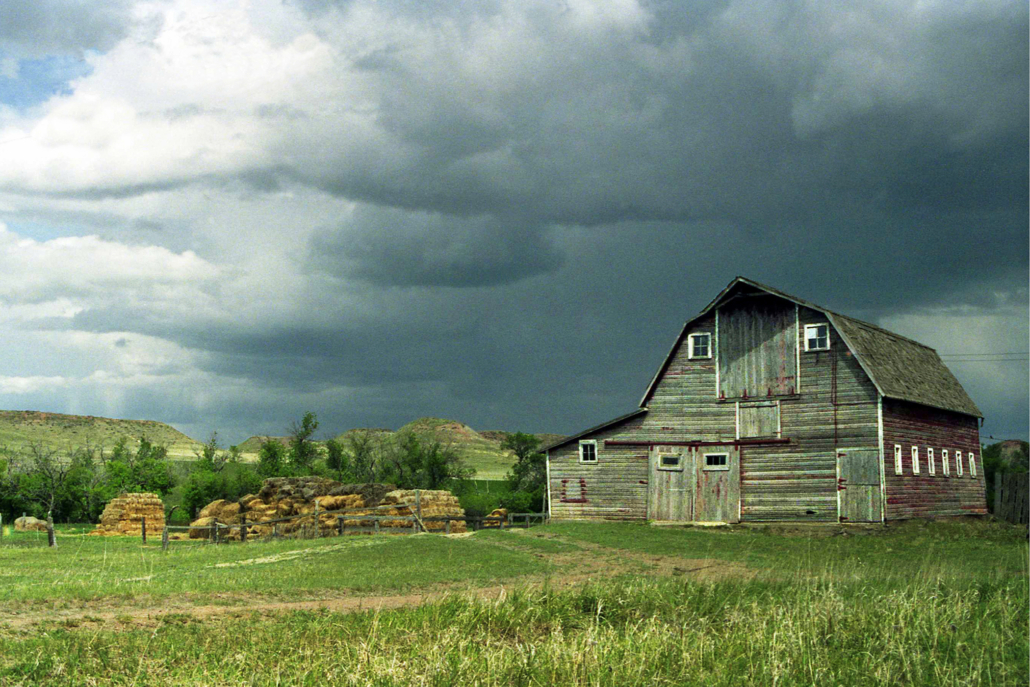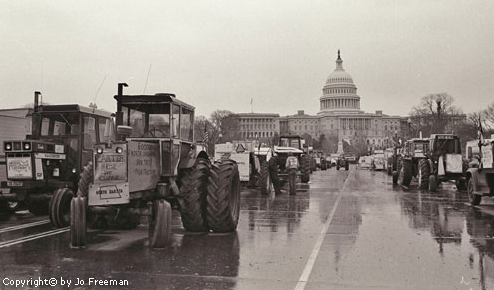The 1980s Farm Crisis
In my 1983 class action lawsuit, Coleman v. Block, I represented family farmers during the worst economic crisis to hit rural America since the Great Depression. During the late 1970s, farmers experienced a cost-price squeeze, because the income they received for their crops and livestock was less than it cost to produce those crops and raise that livestock. To make up the gap between the high production costs and low prices, they borrowed against the value of their land year after year. Lenders encouraged this, based on the belief that land values would continue to go up and up and up. They were wrong.
When thousands of anxious and angry farmers drove tractors from all over the country to meet at the National Mall and sounded the alarm that the agriculture system was in crisis, the Carter administration responded by issuing an additional $4 billion in credit.
But the farmers didn’t want more credit. They wanted better prices for what they grew.
In 1977, total outstanding farm debt was $118,936,000,000.
By the time I began working with farmers in the early 1980s, it had risen to $195,422,000,000.
Most of my clients were small and mid-sized farmers who had borrowed from the Farmers Home Administration (FmHA), a lending agency of the US Department of Agriculture. In 1981, under the direction of Reagan’s budget director, David Stockman, FmHA began an aggressive campaign of “reducing delinquencies” that was ostensibly aimed at reducing the federal deficit. In order to meet delinquency reduction goals (“quotas”) set in Washington, FmHA bureaucrats in small county seats throughout the country began to shut down and force out thousands of farmers who were behind on their loan payments. In 1978, Congress said farmers had the right to apply to FmHA for a deferral of payments if they were behind due to circumstances beyond their control, but FmHA simply ignored the deferral law.
My clients in North Dakota received notices that their loans had been “accelerated”—that the debt they thought they had decades to repay had to be paid in full in 15 or 30 days. They were told they had to pick one of two options: “voluntarily liquidate” or “be shut down.” If they didn’t quit “voluntarily,” FmHA used ruthless methods to starve them out. FmHA seized all of the farmers’ income from sales of crops and milk and emptied supervised bank accounts, leaving nothing for living expenses for the farmers or feed for their livestock.
It took agriculture economists years to acknowledge the ‘80s farm crisis.
The advocates on the ground recognized how bad it was long before the economists collected and analyzed the data that “proved” that hundreds of thousands of farmers were sinking.


